Epilepsy is a chronic neurological disorder that causes recurrent seizures. Seizures are brief episodes of abnormal brain activity that can cause a variety of symptoms, including changes in consciousness, movement, behavior, sensation, and emotion.
While there is no cure for epilepsy, there are a number of medications and treatments that can help to control seizures. One treatment that has gained popularity in recent years is yoga.
Yoga is a mind-body practice that combines physical postures, breathing exercises, and meditation. It has been shown to be effective for a variety of conditions, including stress, anxiety, depression, and chronic pain. There is also growing evidence that yoga can be helpful for people with epilepsy.
Benefits of Yoga for Epilepsy
Yoga can be helpful for people with epilepsy in a number of ways:
- Reduces stress and anxiety: Stress and anxiety are common triggers for seizures, so reducing these factors can help to reduce the frequency and severity of seizures.
- Improves balance and coordination: People with epilepsy are at risk of falls, which can lead to head injuries. Yoga can help to improve balance and coordination, which can reduce the risk of falls.
- Improves sleep quality: Poor sleep quality can trigger seizures. Yoga can help to improve sleep quality, which can reduce the frequency and severity of seizures.
- Improves overall health and well-being: Yoga can help to improve overall health and well-being, which can have a positive impact on epilepsy.
Yoga Poses for Epilepsy
Here are five yoga poses that can be helpful for people with epilepsy:
Cat-Cow Pose
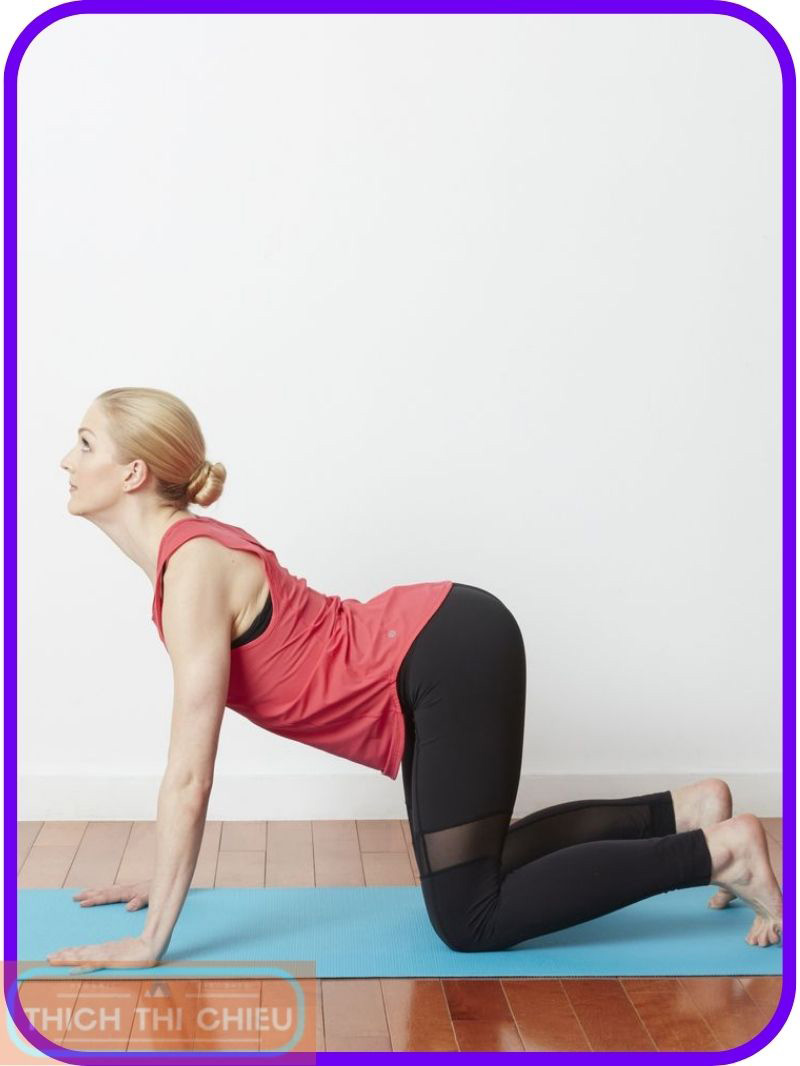
The Cat-Cow Pose is a gentle pose that helps to stretch and strengthen the spine. It can also help to improve balance and coordination.
To do the Cat-Cow Pose, start on your hands and knees with your back flat and your neck in line with your spine. Inhale and arch your back, lifting your head and tailbone. Exhale and round your back, tucking your chin to your chest. Repeat 5-10 times.
Child’s Pose
Child’s Pose is a resting pose that can help to calm the mind and body. It can also help to improve digestion and reduce headaches.
To do the Child’s Pose, start on your hands and knees and sit back on your heels. Fold forward, resting your forehead on the mat. Extend your arms out in front of you, palms down. Breathe deeply and relax. Hold the pose for 5-10 minutes.
Corpse Pose
Corpse Pose is a deep relaxation pose that can help to reduce stress and improve sleep quality.
To do the Corpse Pose, lie on your back with your arms at your sides and your legs extended. Close your eyes and relax your entire body. Breathe deeply and focus on your breath. Hold the pose for 5-10 minutes.
Bridge Pose
Bridge Pose is a strengthening pose that helps to strengthen the back and hamstrings. It can also help to improve balance and coordination.
To do the Bridge Pose, lie on your back with your knees bent and your feet flat on the floor. Lift your hips off the floor, forming a straight line from your knees to your shoulders. Hold the pose for 5-10 breaths.
Legs-Up-the-Wall Pose
Legs-Up-the-Wall Pose is a relaxing pose that can help to improve circulation and reduce swelling in the legs.
To do the Legs-Up-the-Wall Pose, lie on your back with your legs extended up the wall. Place a folded blanket or pillow under your sacrum for support. Close your eyes and relax your entire body. Breathe deeply and focus on your breath. Hold the pose for 5-10 minutes.
How to Practice Yoga for Epilepsy
Start slowly and gradually increase the intensity and duration of your practice over time.
This is important for everyone who is new to yoga, but it is especially important for people with epilepsy. It takes time for your body to adjust to the new movements and postures. Starting slowly will help to reduce the risk of injury.
As you become more comfortable with yoga, you can gradually increase the intensity and duration of your practice. However, it is important to continue to listen to your body and avoid pushing yourself too hard.
Focus on your breath throughout the practice.
Breath awareness is a key component of yoga. When you focus on your breath, it helps to calm your mind and body. This can be especially helpful for people with epilepsy, as stress and anxiety can trigger seizures.
As you practice yoga, pay attention to the rhythm of your breath. Notice how your breath changes as you move from one pose to the next. If you find your mind wandering, gently bring it back to your breath.
Hold each pose for 5-10 breaths.
This is a good general guideline for holding yoga poses. However, it is important to listen to your body and adjust the length of time you hold each pose as needed.
If you feel any pain or discomfort, come out of the pose. There is no need to push yourself to hold a pose for longer than you feel comfortable.
Don’t push yourself too hard.
It is important to be gentle with yourself when practicing yoga for epilepsy. Don’t push yourself too hard, either physically or mentally.
If you feel tired or dizzy, come out of the pose and rest. There is no shame in taking breaks.
End the practice with a relaxation pose.
Relaxation poses are a great way to end your yoga practice. They help to calm the mind and body and prepare you for the rest of your day.
Safety Precautions for Yoga with Epilepsy
Talk to your doctor before starting any new exercise program, especially if you have epilepsy.
It is important to talk to your doctor before starting any new exercise program, but it is especially important if you have epilepsy. Your doctor can advise you on whether yoga is safe for you and can help you to develop a practice that is tailored to your individual needs.
Avoid poses that involve head-down positions, such as Downward-Facing Dog and Forward Fold.
Head-down poses can increase blood flow to the head, which can trigger seizures. If you are new to yoga, it is best to avoid these poses altogether. If you are more experienced with yoga, you may be able to practice these poses safely, but it is important to be mindful of your body and to stop practicing if you feel any discomfort.
Avoid poses that require you to hold your breath.
Breath-holding can also trigger seizures. If you are practicing a pose that requires you to hold your breath, such as Kapalabhati Breathing (Breath of Fire), be sure to modify the pose so that you can breathe freely.
Be careful when practicing poses that involve balance and coordination.
If you have epilepsy, you are at risk of falls. Falls can lead to head injuries, which can trigger seizures. When practicing poses that involve balance and coordination, be sure to use a yoga block or other support prop if needed. And be sure to listen to your body and come out of the pose if you feel dizzy or unstable.
If you experience any seizure-like symptoms, stop practicing yoga and seek medical attention immediately.
Seizure-like symptoms include:
- Loss of consciousness
- Uncontrolled shaking
- Confusion
- Difficulty speaking
- Visual disturbances
If you experience any of these symptoms, stop practicing yoga immediately and seek medical attention.
Tips for Practicing Yoga with Epilepsy
Avoid practicing yoga alone.
If you have epilepsy, it is best to avoid practicing yoga alone. This is because seizures can happen unexpectedly, and you may need help if you have a seizure while practicing yoga.
If you are unable to find a yoga partner, consider practicing at a yoga studio where there will be an instructor and other students present.
Have someone with you who knows how to respond to a seizure.
If you are practicing yoga with a partner, make sure that they know how to respond to a seizure. This includes knowing how to keep you safe from injury and how to call for help if needed.
Here are some tips for responding to a seizure:
- Stay calm and reassure the person.
- Turn the person onto their side to prevent choking.
- Loosen any tight clothing.
- Time the seizure so that you can tell medical professionals how long it lasted.
- Do not put anything in the person’s mouth.
- Do not try to restrain the person.
If the seizure lasts for more than five minutes or if the person has more than one seizure in a row, call 911.
Practice in a safe space where you won’t fall or bump into anything.
People with epilepsy are at risk of falls, so it is important to practice yoga in a safe space. This means avoiding practicing yoga on slippery surfaces or in areas where there is a lot of clutter.
If you are practicing yoga at home, make sure to clear away any furniture or other objects that could pose a tripping hazard. You may also want to place a yoga mat or towel on the floor to provide traction.
Keep a first-aid kit nearby.
It is always a good idea to have a first-aid kit nearby when practicing yoga, especially if you have epilepsy. This is because there is always a risk of injury, even if you are taking precautions.
Your first-aid kit should include basic medical supplies such as bandages, antiseptic wipes, and pain relievers. You may also want to include items that are specific to your epilepsy, such as anticonvulsant medication.
Yoga is a mind-body practice that has been shown to be beneficial for a variety of health conditions, including epilepsy. Yoga can help to reduce stress and anxiety, improve balance and coordination, and improve sleep quality. All of these benefits can help to reduce the frequency and severity of seizures in people with epilepsy. Hopefully, the above article of TTC has provided you with useful information. If you have any questions or concerns, please leave a comment below.
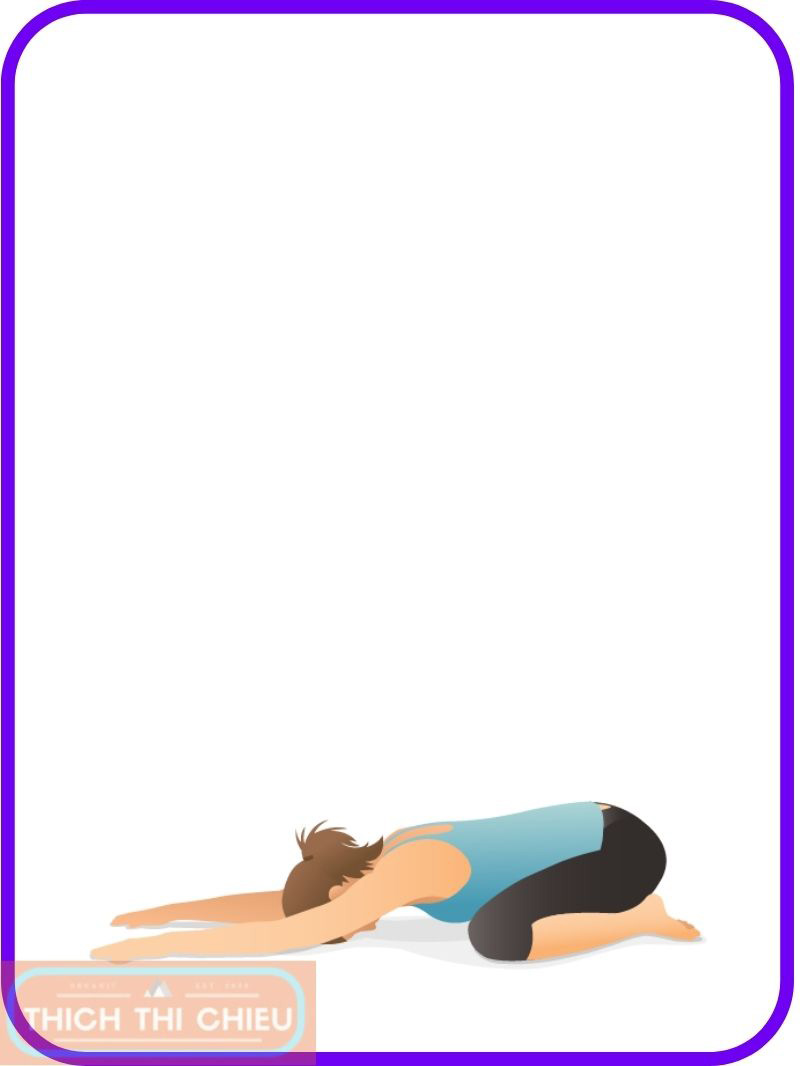
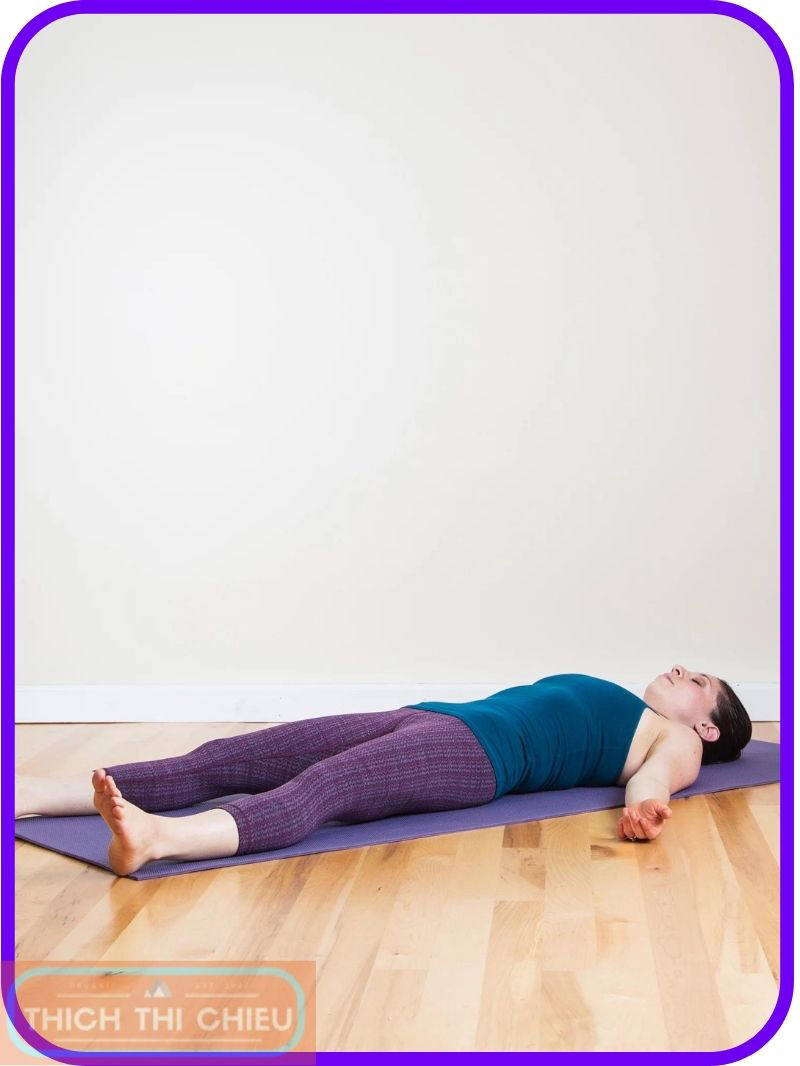
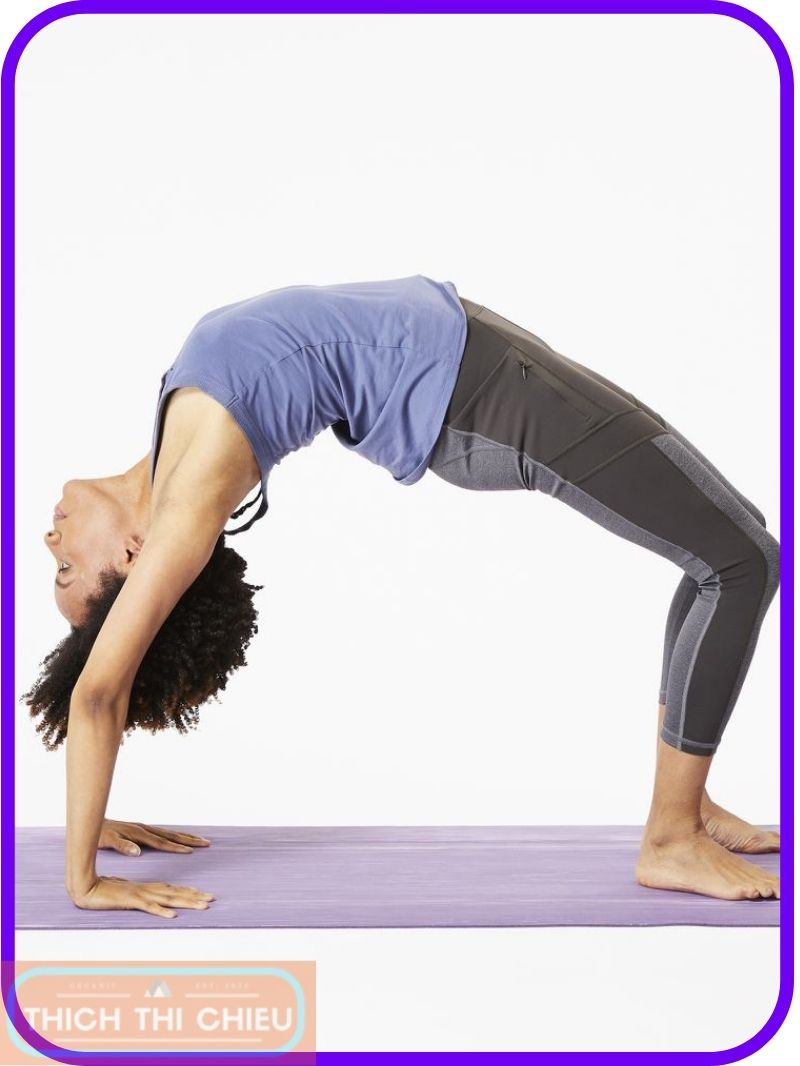
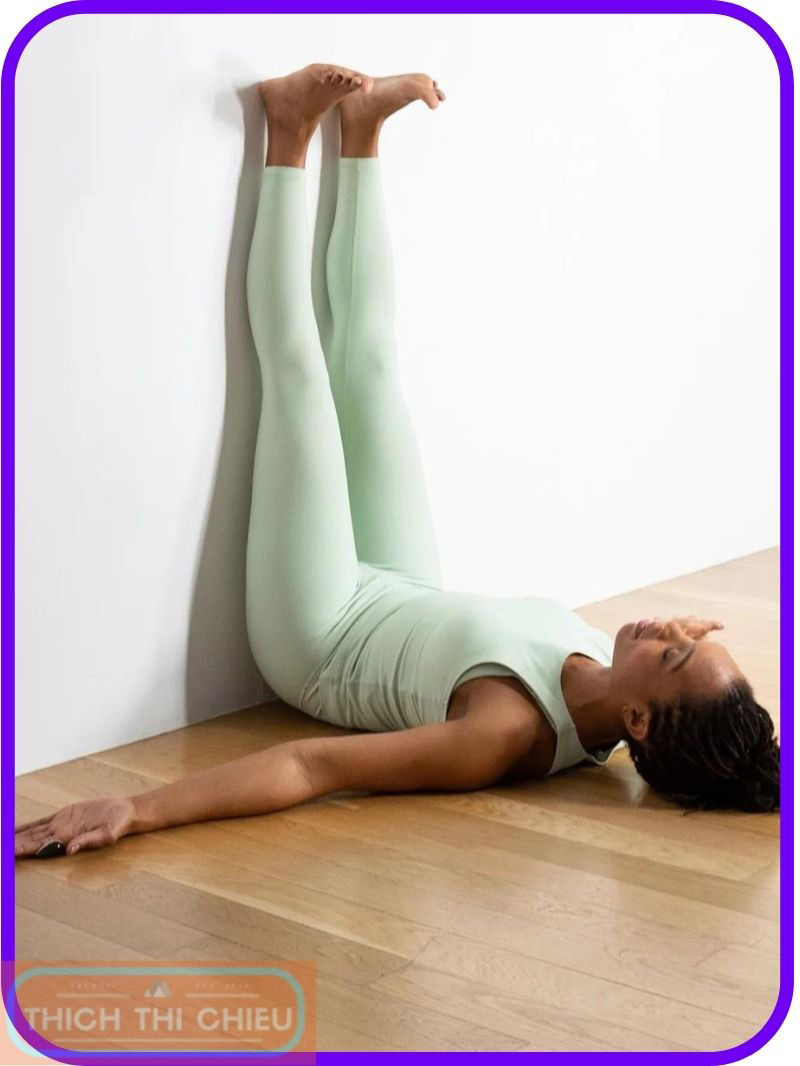






Leave a Reply